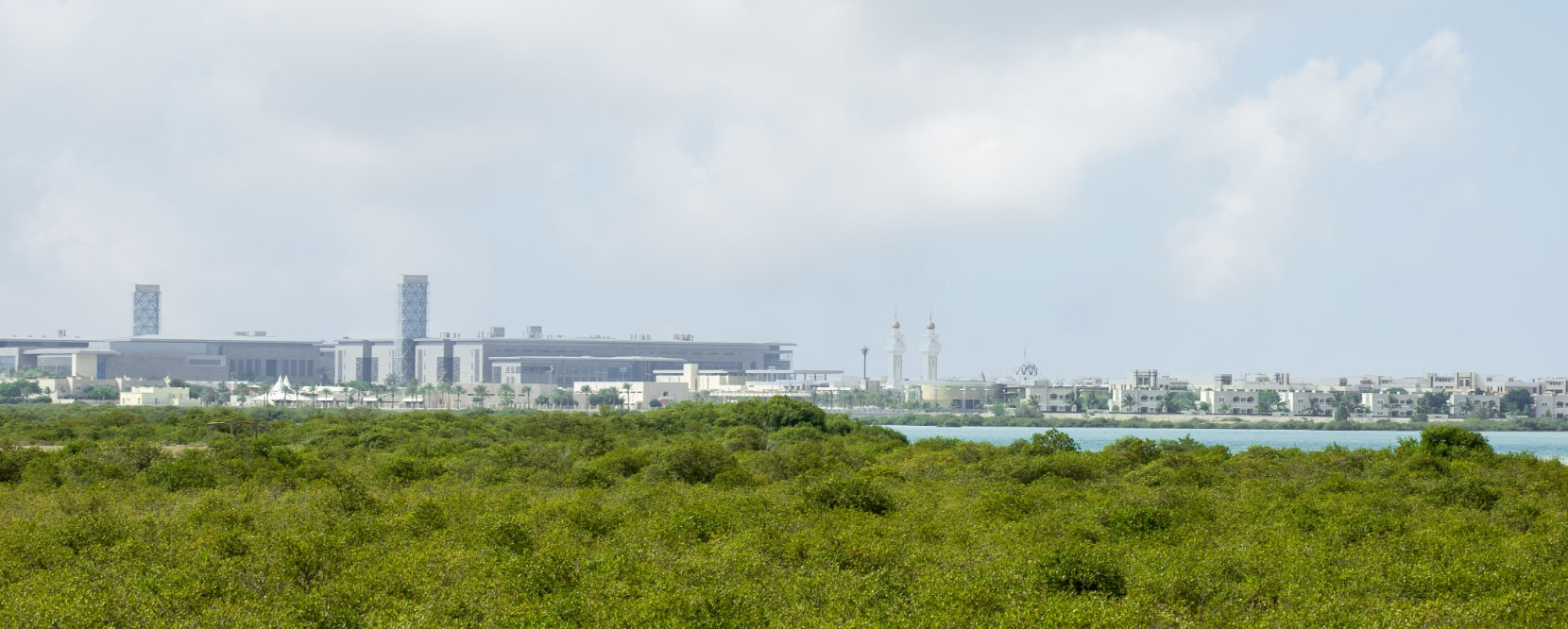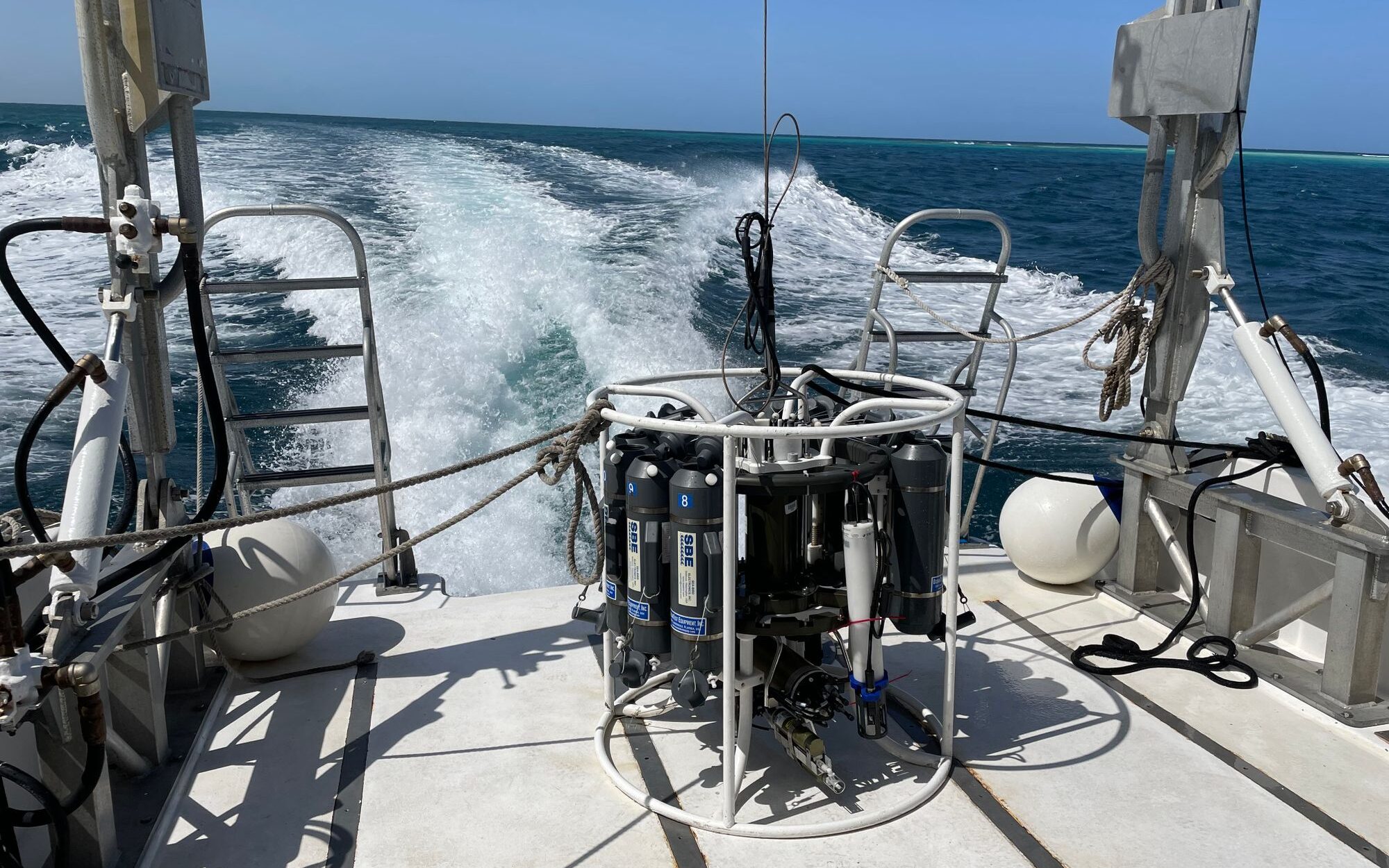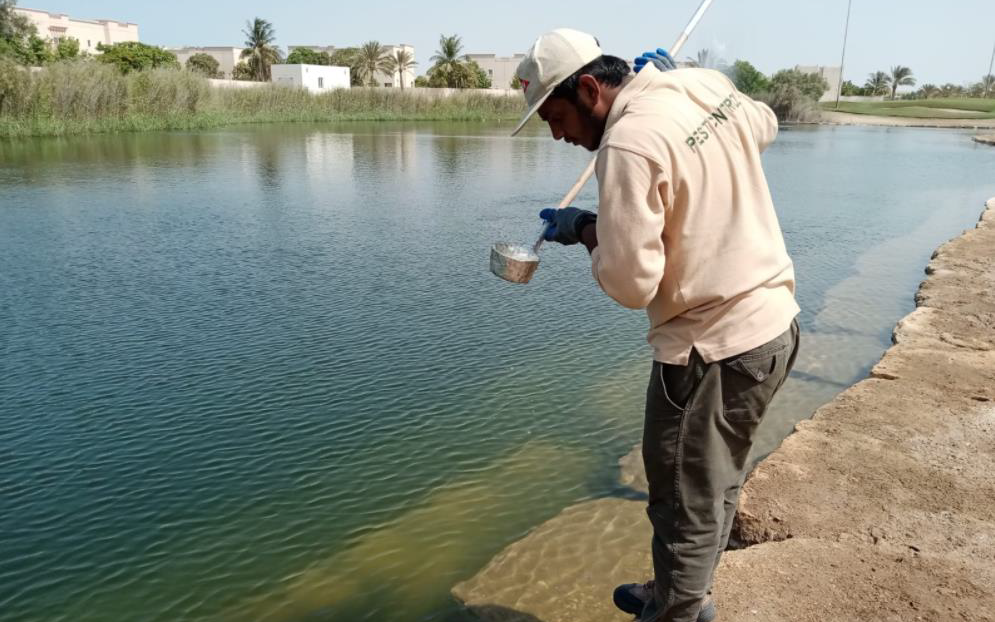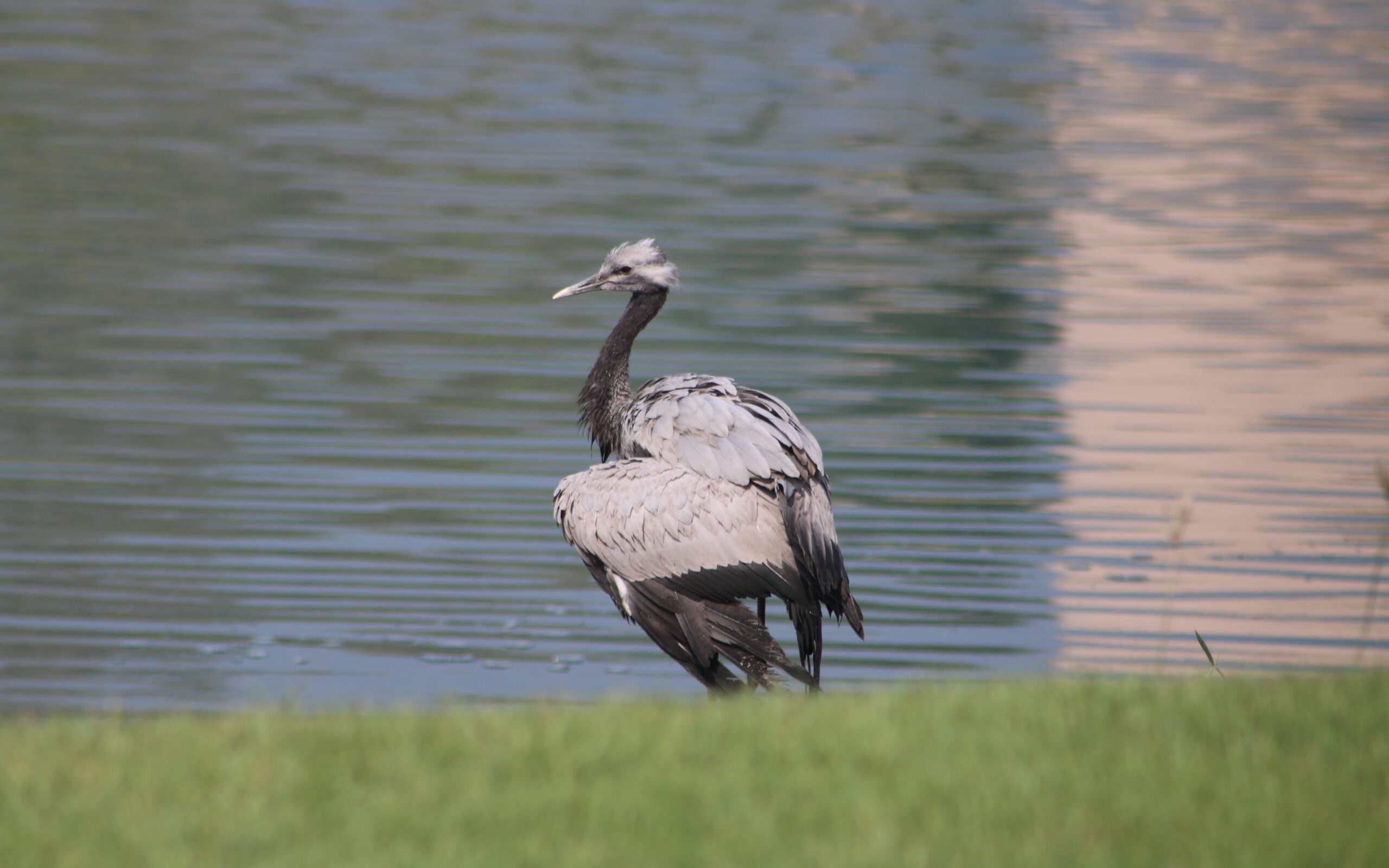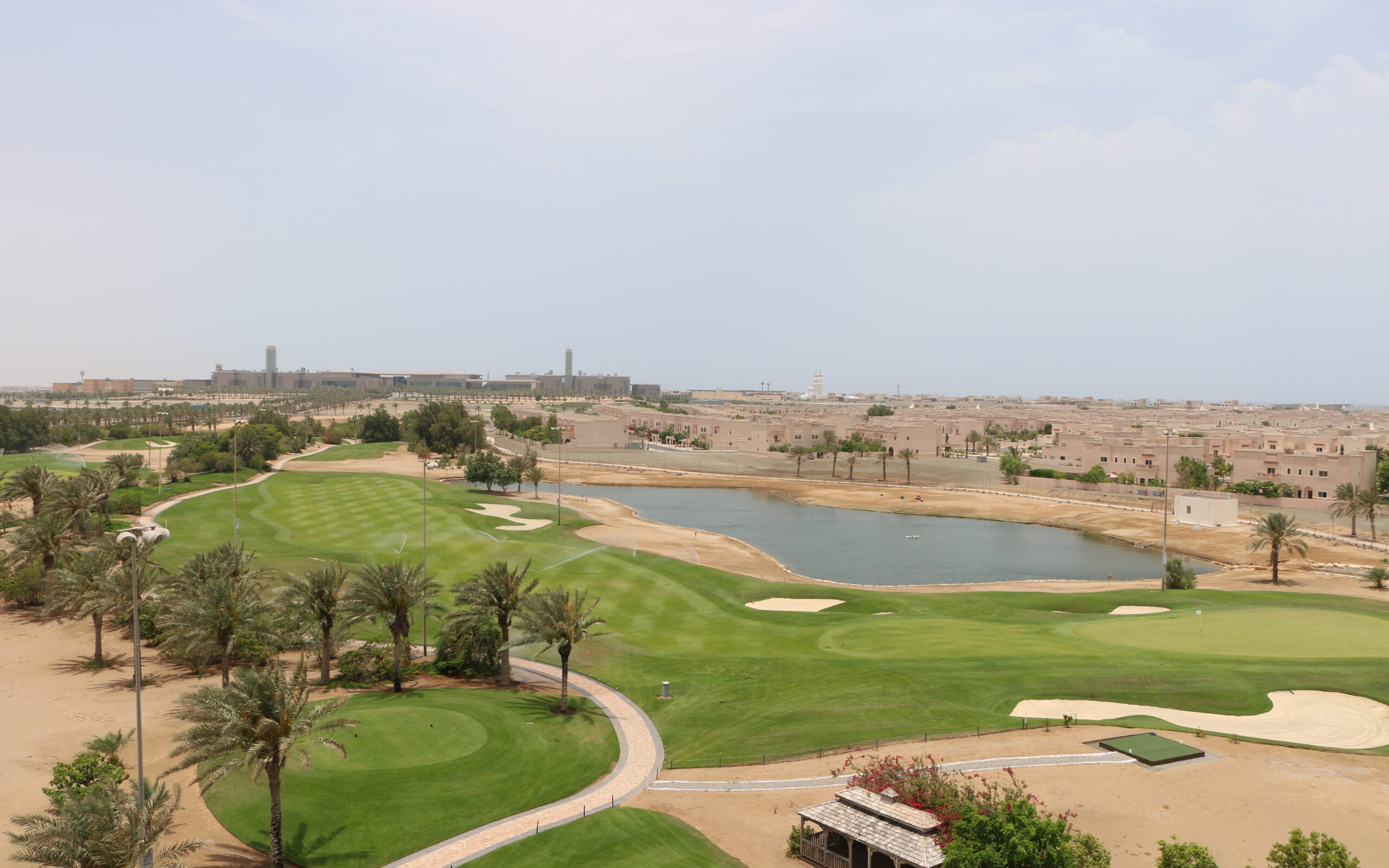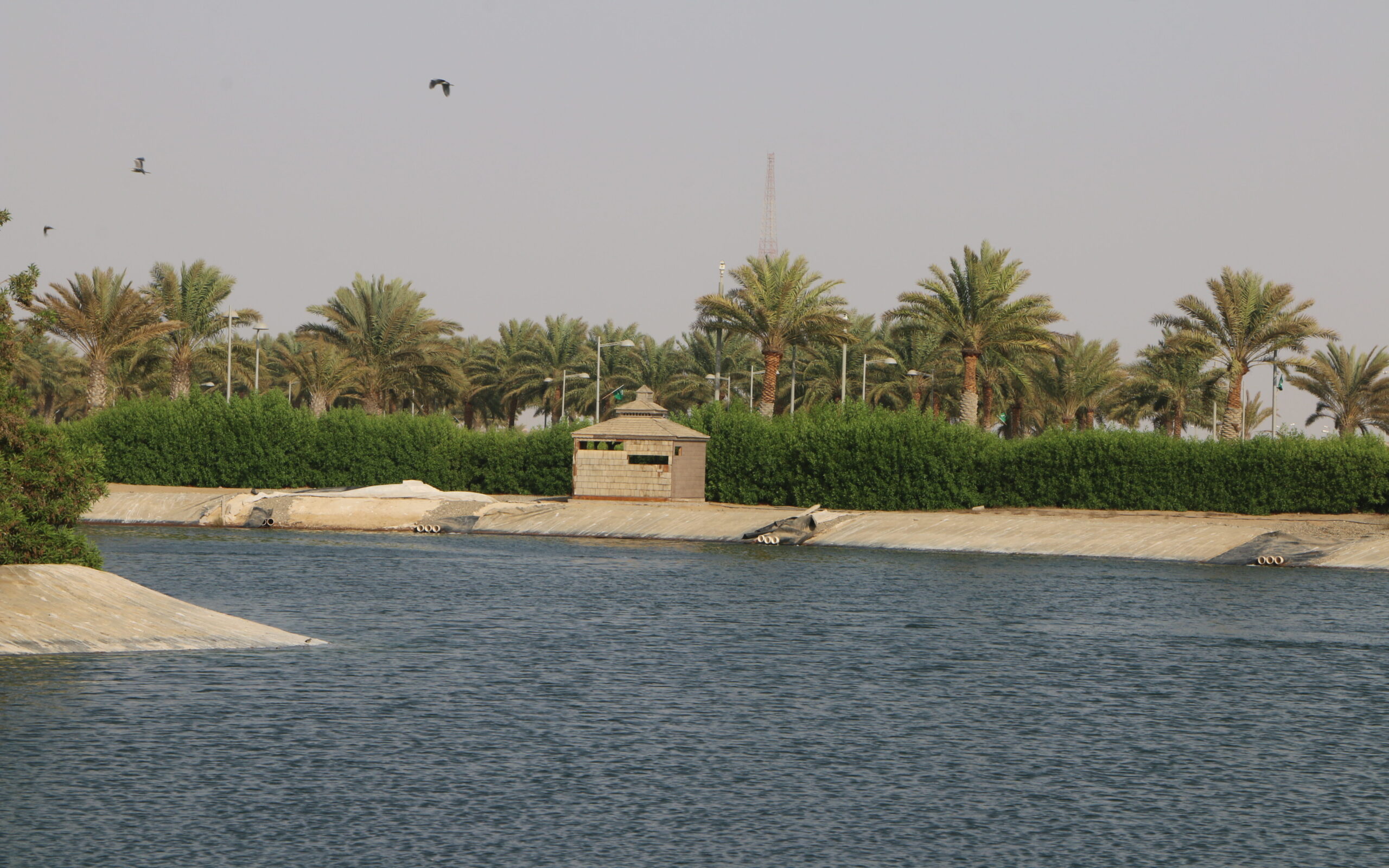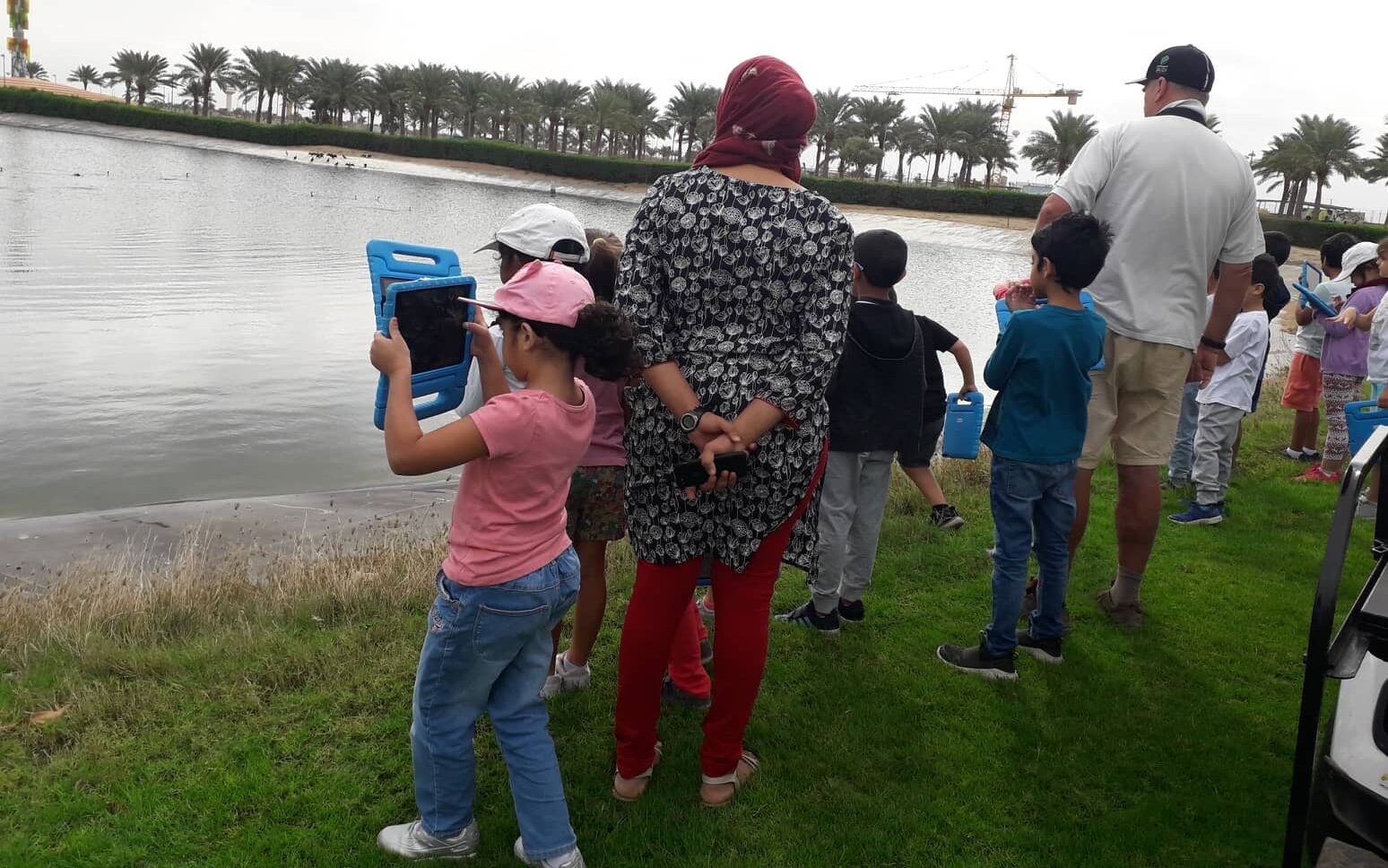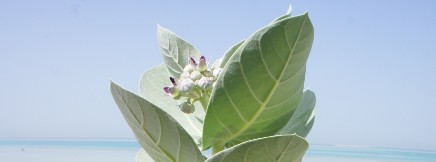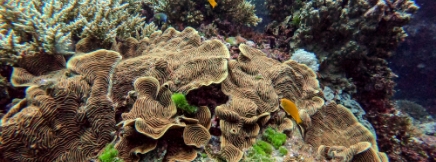KAUST is the custodian of a significant span of coastal water and a unique diversity of aquatic species and ecosystems. In June 2017, as a strategy to preserve them, 152 hectares of mangroves and coastal habitats were set as a Nature Conservation Area. This formal designation is a testament to our commitment to protect and enhance local biodiversity and ecosystems.
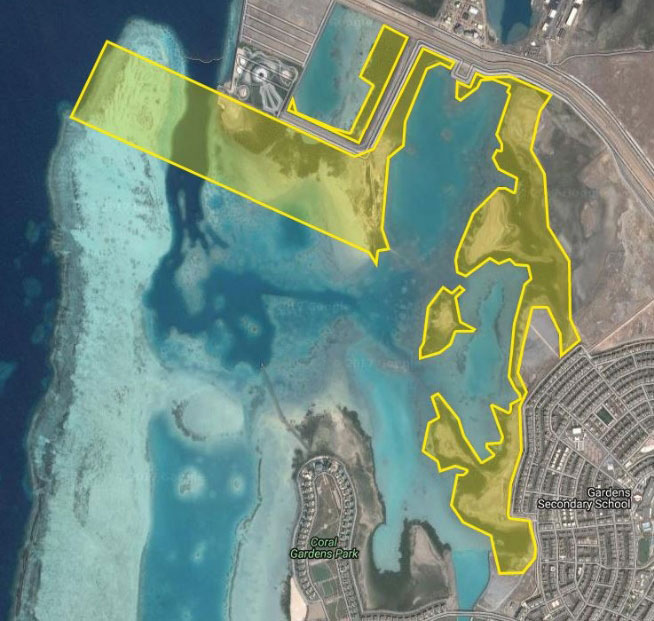
As per our Sustainability Policy and foundational Environmental Stewardship Policy, KAUST has set a series of operational policies, guidelines, and monitoring systems aimed at keeping our aquatic ecosystems healthy while providing opportunities for people to learn about the vast benefits they provide. Bird feeding stations, mangrove planting, beekeeping activities, insect habitat support, nature walks, and classroom activities are examples of public engagement and awareness actions that directly foster the health and protection of our surrounding aquatic and land ecosystems.
The Nature Conservation Area is also home to the Ibn Sina Field Research Station, which hosts long-term experimental and monitoring programs by which KAUST researchers gather important information about the local biodiversity. This area provides excellent opportunities to observe birds, as do other areas at KAUST, which lies on a major bird migratory route. More than 240 species of resident and migrant birds shelter here throughout the year.
In autumn, migrating birds leave their breeding grounds in Central Eurasia and along the Red Sea to winter in North and East Africa. In the spring, they return to the Red Sea. Most birds break their long journeys into a series of shorter trips, with multiple stops along the way. The location is ideal for birdwatching because of its variety of food for birds to replenish their energy supplies, its freshwater for drinking, and its vegetation for cover from predators.
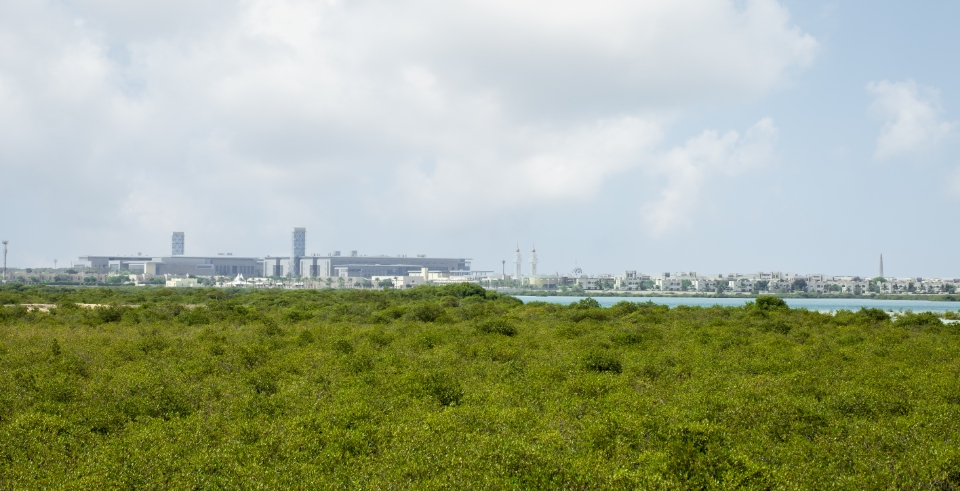
SAFAA GOLF CLUB NATURE CONSERVATION AREA
The Safaa Golf Course is another protected area at KAUST. Seven areas of the course are fully protected, covering 2.2 hectares, and an additional 4.23 hectares of the course are semi-protected areas. These designated areas are managed to provide habitats for local fauna, including resident and migratory bird species. Bird observation “hides” (blinds)—camouflaged shelters used to view wildlife—are located on the Safaa Golf Course and South Beach.
MINIMIZING THE ALTERATION OF AQUATIC ECOSYSTEMS
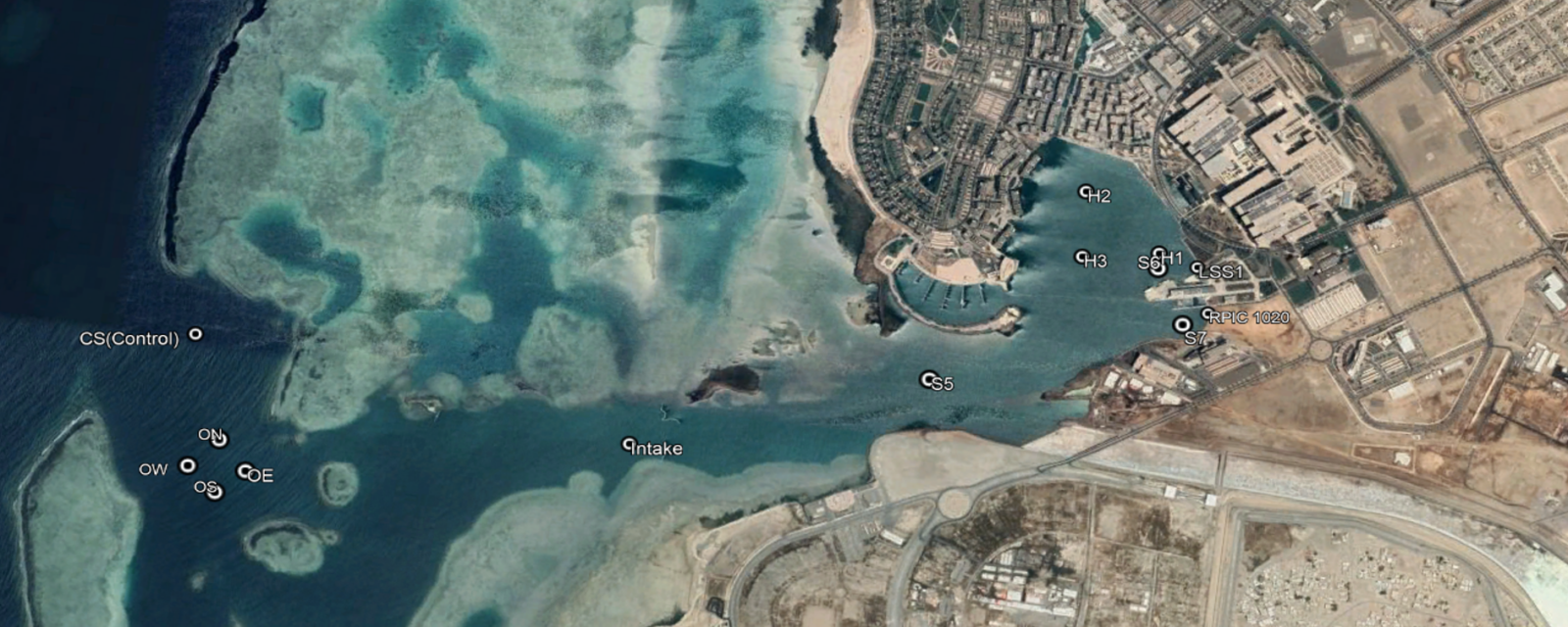
Our Environmental Management System (EMS), has been prepared in line with International Standard Organization for Standardization (ISO) 14001:2015 requirements for environmental management system and follows a “Plan, Do, Check, Act” process. This includes plans to minimize alterations in aquatic ecosystems and reduce the impact of our overall operations. The system includes water discharge quality standards and a monitoring plan to minimize or eliminate any adverse environmental impacts (e.g. physical, chemical and biological alterations of aquatic ecosystems). To ensure compliance, marine ambient water quality around KAUST is monitored bi-annually. Water samples are collected at multiple on-shore, near-shore, and off-shore locations, and analyzed by an accredited independent laboratory. Results are communicated to and evaluated by the Health, Safety and Environment (HSE) department.
MARINE MONITORING
HSE also supervises and ensures the Wastewater Management Procedure is followed, especially by marine research infrastructures such as the Coastal and Marine Resources Core Lab. Additionally, another mechanism to protect the health of the aquatic system is to make sure that any recreational boats discharge grey wastewater in compliance with The International Convention for the Prevention of Pollution from Ships (MARPOL).
FRESHWATER MONITORING
As part of our strategy to improve and maintain the only existent watershed (the manmade golf course lake) and other water bodies at KAUST, HSE routinely monitors these systems’ water quality. One example is the controlling and monitoring of the golf lake discharge that goes into marine areas. The Golf Course Lake System is monitored quarterly from multiple depths and water samples are submitted to an accredited independent laboratory for chemical, physical, and physico-chemical analysis. Approval is then sought from KAUST HSE prior to discharge, being contingent on water quality complying with the marine discharge water guidelines (set in the Wastewater Code), and that the flow volume is recorded.

